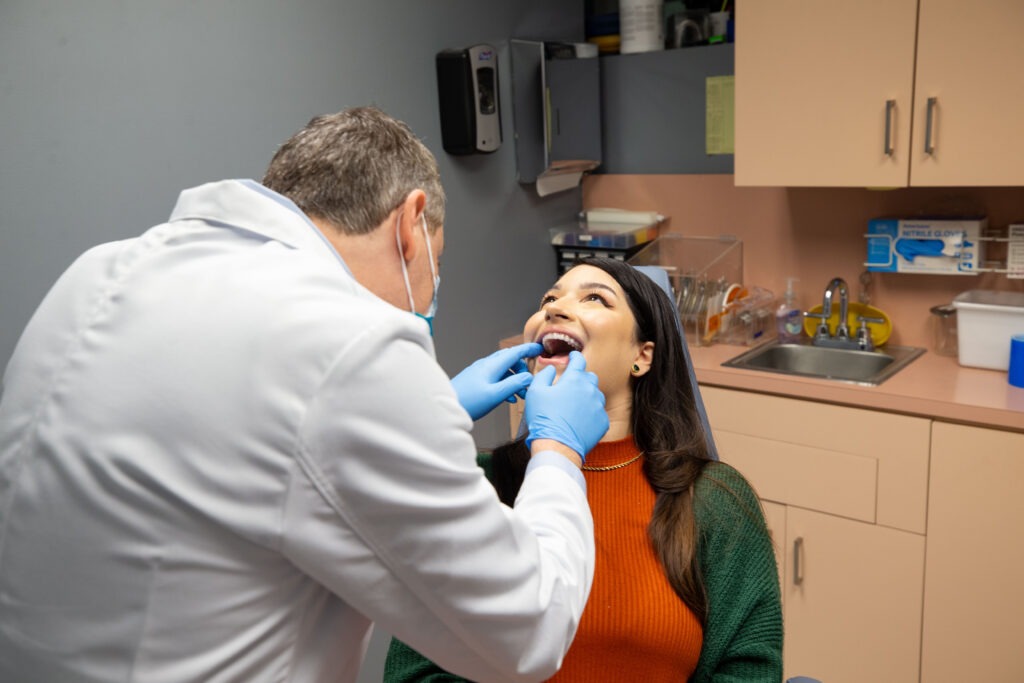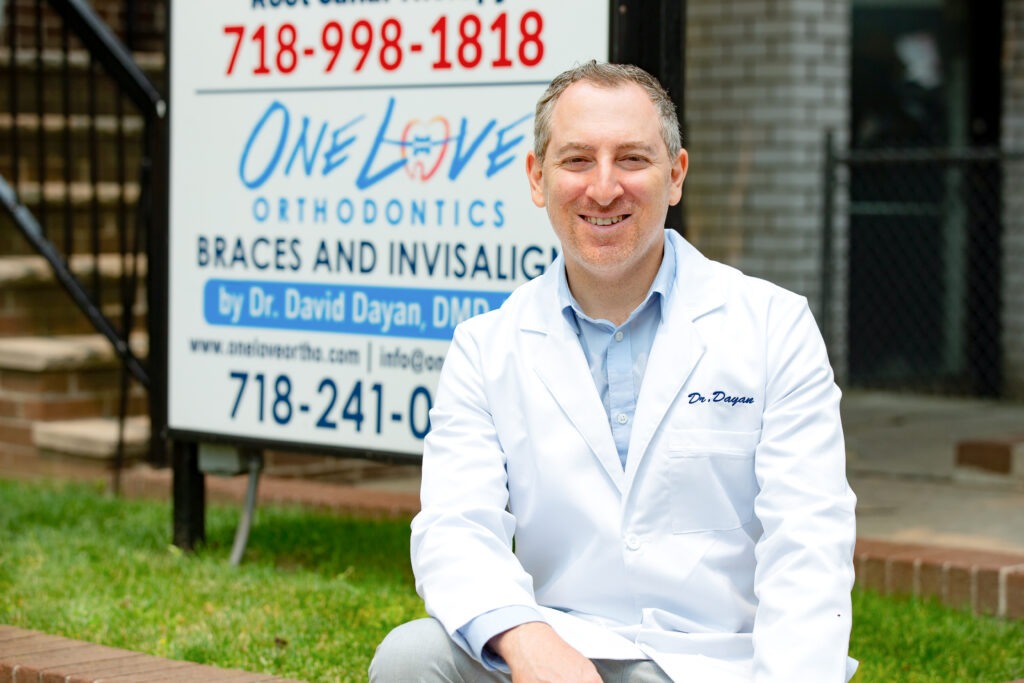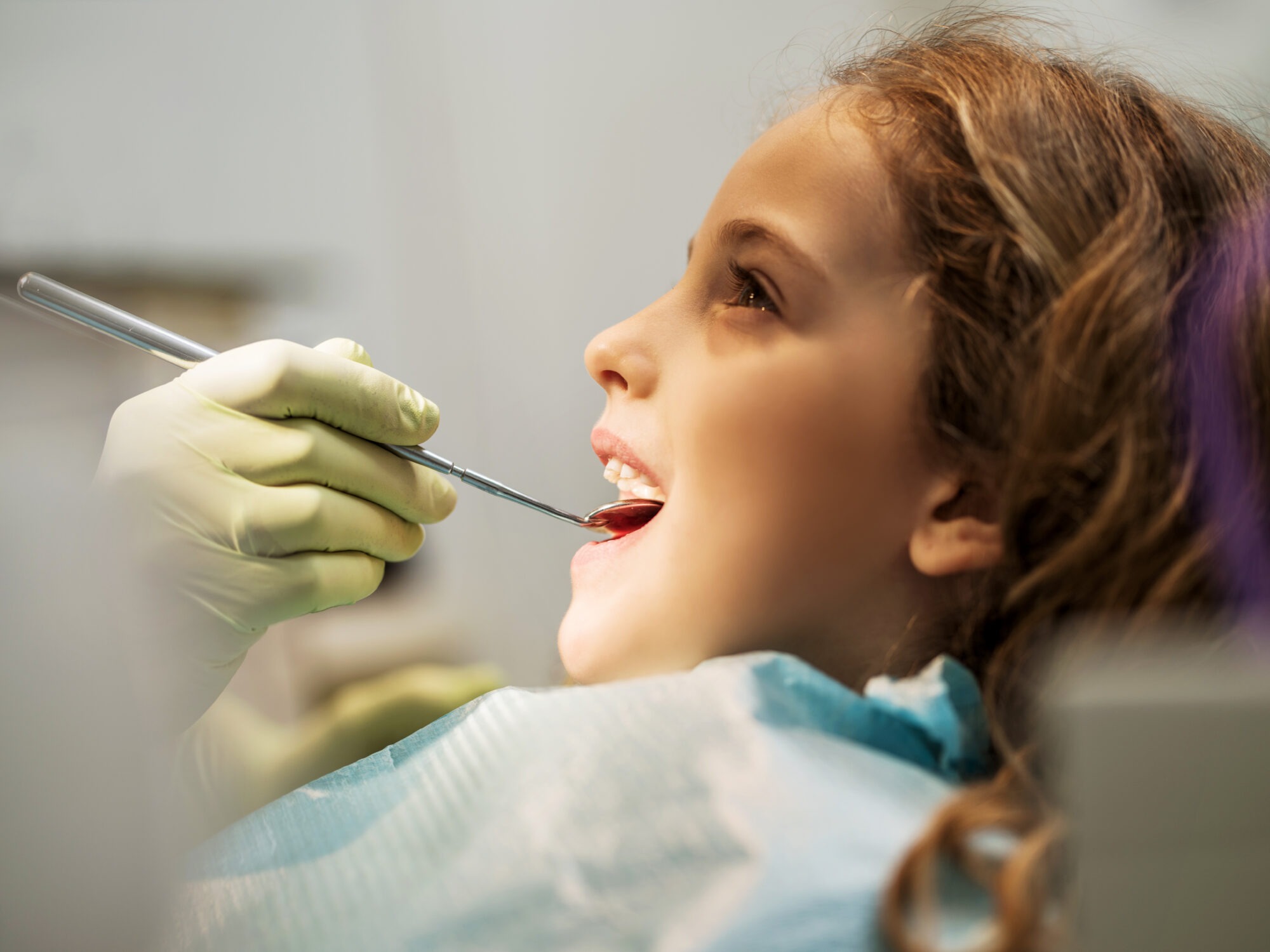When you think about orthodontics, the first thing that pops into your head is probably braces. Are we right? Braces are a classic way for orthodontists to help their patients have the healthy and beautiful smile of their dreams. However, braces certainly aren’t the only option out there anymore!
If you or your child are ready to start considering orthodontics in order to have a healthier smile for life, look no further than One Love Orthodontics! We pride ourselves in our hospitality and support for each patient, and we will walk you through every stage of treatment. Orthodontics certainly isn’t one-size-fits-all, so we are glad Dr. Dayan and his team are here to support our community in Brooklyn, New York.
What is the Two-Phase Treatment?
Two-phase treatment is a method that orthodontists use for kids to set them up for success. The first stage typically starts at a younger age, between six to 10 approximately. Kids are often referred to an orthodontist by their dentist at this age to help start two-phase treatment if that is necessary!
Phase One is all about making space in a child’s growing mouth for all the adult teeth to grow in. Phase Two usually happens a few years after phase one when all of their teeth have come in, and their smiles are ready to be refined. But let’s get back to phase one for a minute to talk about one of the devices that we commonly use to support appropriate jaw and mouth development!
What Is an Expander?
An expander is a device used during phase one treatment to help create more room in the upper jaw for teeth to grow. The device creates resistance along the upper jaw, gently stretching the bone and cartilage to make more room for teeth to grow. Expanders can help to prevent overbites and crossbites and generally reduce the risk of crowding once all the adult teeth grow in. The timeline is different for everyone, but expanders are often worn between three months or up to a year.
Not sure whether your child might need a palatal expander? No worries, that’s what Dr. Dayan is here for! His expertise and training make it easy for him to evaluate your child’s smile and predict future growth patterns. Then, he can determine whether an expander or other device will be helpful for them!
So, let’s say that you know an expander is in your child’s future. What can you expect about their experience? Here are some of the most common adjustments and challenges that come from wearing palatal expanders:

How Do Expanders Impact the Day-to-Day?
1. Sensation
Many people wonder, “What does it feel like exactly to wear a palatal expander?” While it’s hard to describe for those who have never experienced it, it mostly feels like having a metal device along the roof of your mouth! There will be some pressure and probably a little soreness, especially after it is first inserted and after adjustments. This is a normal part of the process since it is stretching out cartilage and bones inside your child’s mouth! We will give you plenty of tips about how to handle discomfort and support your child along the way.
2. Eating
Eating with an expander might take a little getting used to. After all, having a device in your mouth means food sensations feel different as you chew and swallow. It is also easy to accidentally damage the expander by eating really chewy, hard, tough, or sticky foods, so it’s best to abstain from those while the expander is in. This can be annoying at first, but it’s a great preparation if your child ends up wearing braces later!
It’s no fun to deal with a broken expander, and it can set your child back on their phase one progress, so take care to adjust the diet and eat softer and supportive foods instead! These changes will only be temporary, so there is no need to stress long-term!
3. Oral Hygiene
For the most part, your child’s oral hygiene routine will stay the same after they get an expander. It’s a good idea to scrub the expander when they brush their teeth and to rinse well after, but other than that, they should be in good shape! Ensure that they continue regular brushing and flossing, and all should be in order.
If you want to invest in another device, water flossers can be great for kids wearing expanders. Flossers blast a stream of water that you can use to push plaque and food particles out from between teeth, but you can also spray it around and behind the expander! This will help your child’s mouth be extra clean, and you can continue using the flossing moving forward if they end up having braces and beyond!
4. Speaking
Because a palatal expander sits on the roof of the mouth where the tongue often goes when speaking, this can sometimes cause a temporary lisp or mumbling. For most people, it takes a little bit of practice to get used to the expander, and they can quickly go back to speaking as usual. Practice reading aloud to help move your child along faster and build their confidence about speaking with an expander!
5. Adjustments
There are some expanders that automatically adjust over time, but this isn’t true for all of them. That means that you will be responsible for manually turning a small key or screw in the expander to continue building resistance in your child’s jaw. This is really simple to learn to do, and you can count on someone from our team to teach you how. Just add the manual adjustments to your temporary schedule, and you’ll soon see great results!

Visit Our Team at One Love Orthodontics!
Now that you know more about Phase One treatment and expanders, it’s time to bring in your child for a visit to One Love Orthodontics! After your first free consult with Dr. Dayan, you will know the steps moving forward and what to predict for their treatment! It’s an investment of a lifetime to gift your child a healthy and straight smile. Give us a call today to set up your free consultation!
